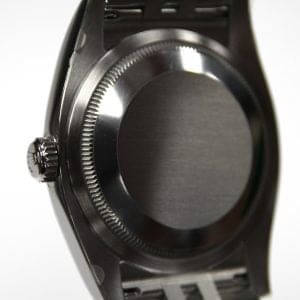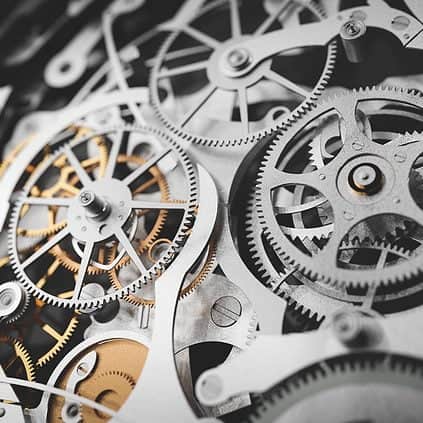Rolex is a Swiss watchmaker with an impeccable reputation around the world. In fact, the brand was announced as the “Most Reputable Company” in the world by the Reputation Institute earlier this year. Respected and admired the world over, the brand has transcended its status as a mere watchmaker, and their iconic crown logo can be seen sponsoring premier sporting events in tennis, Formula 1, golf, and more. In this week’s BQ Watches Blog, we will present three facts about Rolex that will be of interest to any fans of the brand.

The vast majority of steel watches today are made with a stainless steel called 316L. However, Rolex, who are always looking to differentiate themselves from the competition, use a steel in their timepieces that will not be found in any other watchmaker’s product line. This steel is called 904L.
The 904L stainless steel utilised by Rolex offers an aesthetic quality not found in the more commonly seen steels, which is why a Rolex will look like no other watch, and it is more receptive to and holds polish more effectively.
Rolex’s competitors do not use this type of steel because of the fact that 904L is very expensive to purchase and it is very difficult to work with, a hurdle that Rolex is willing to jump over to ensure that their customers are getting the very best from their luxury watch.
Rolex strives to be a totally vertically integrated manufacturer, and as such, they place a heavy emphasis on producing as many of their watch components as they can in-house.
Due to the fact that the brand can afford to purchase the most efficient machines and experienced employees, the only components that the watchmaker doesn’t currently produce for themselves is the synthetic sapphire crystals and many of the dial hands.
Manufacturing their own gold, cases, dials, bezels, movements, and bracelets in-house allows Rolex to be a truly independent watchmaker, and it also presents them with the opportunity to perfect their craft with tightly held trade secrets available only to them.

It comes as no surprise that Rolex treats the security of their premises with the utmost importance. For example, it is not unheard of for the brand to store blocks of gold from their foundry worth over $1million. What is interesting, however, is how meticulous, and even high-tech, these security measures are.
Accessing the Rolex safe, which is stored several storeys underground, requires passing through a bank vault door and then gaining entry through the use of an iris scanner, which identifies and recognises people via their eyes. Furthermore, watch assembly employees require their ID badge to be docked into their desks at all times, but only after identifying themselves through a fingerprint scanner.
Every component manufactured is scanned and catalogued, and each in-house movement produced is given its own unique serial number to be matched with a case, which also has a unique number. These steps ensure that Rolex’s esteemed watchmakers know everything they need to when coming across these parts in the future.